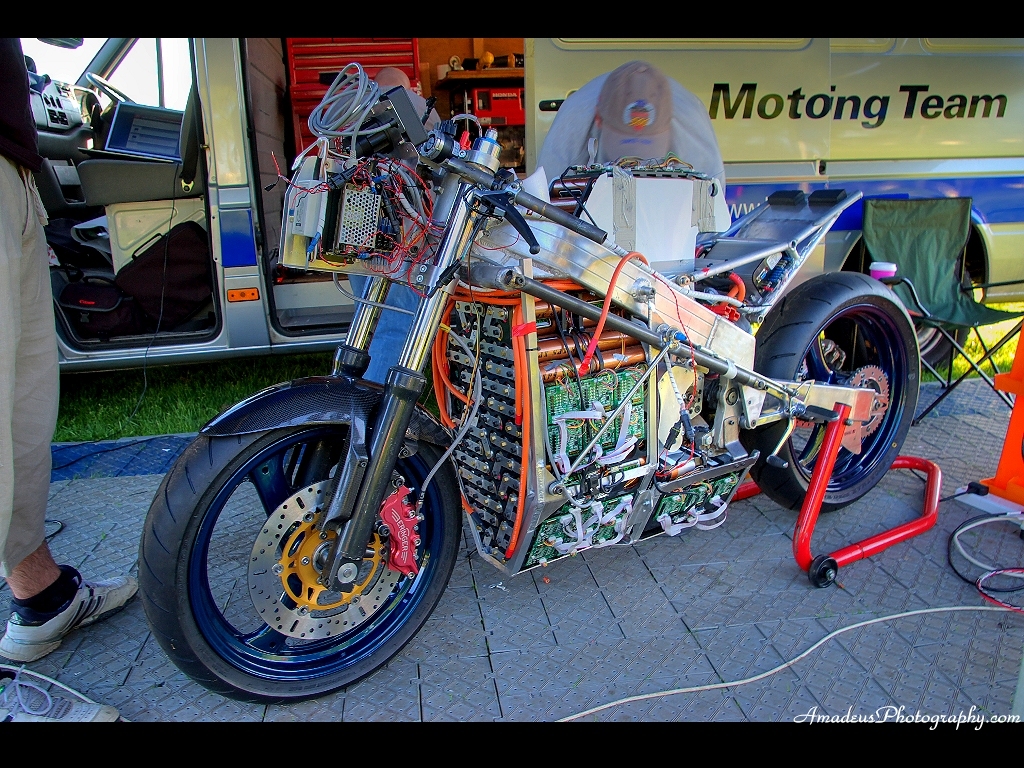frodus
10 kW
So, commence discussions on pack building for the Headway cells.
For Fechter Goodrum BMS issues/discussion/troubleshooting go here:
http://endless-sphere.com/forums/viewtopic.php?f=14&t=13380&p=200080&hilit=+30+headway#p200080
Lets start off by letting everyone know the pack configuration, number of cells, Watt-Hours, Voltage and Ah (so others can reference) and what its going into.
My setup: 32 in series, 6 in parallel for a total of 192 cells, 6144Wh, 102.4V, 60Ah
(if headway's claims are true of the 5C cont, 10C peak and 15C pulse.... that'd be 300A continuous, 600A peak with a 900A pulse)
It will look a lot like this:

They're going in this:

For Fechter Goodrum BMS issues/discussion/troubleshooting go here:
http://endless-sphere.com/forums/viewtopic.php?f=14&t=13380&p=200080&hilit=+30+headway#p200080
Lets start off by letting everyone know the pack configuration, number of cells, Watt-Hours, Voltage and Ah (so others can reference) and what its going into.
My setup: 32 in series, 6 in parallel for a total of 192 cells, 6144Wh, 102.4V, 60Ah
(if headway's claims are true of the 5C cont, 10C peak and 15C pulse.... that'd be 300A continuous, 600A peak with a 900A pulse)
It will look a lot like this:

They're going in this:



